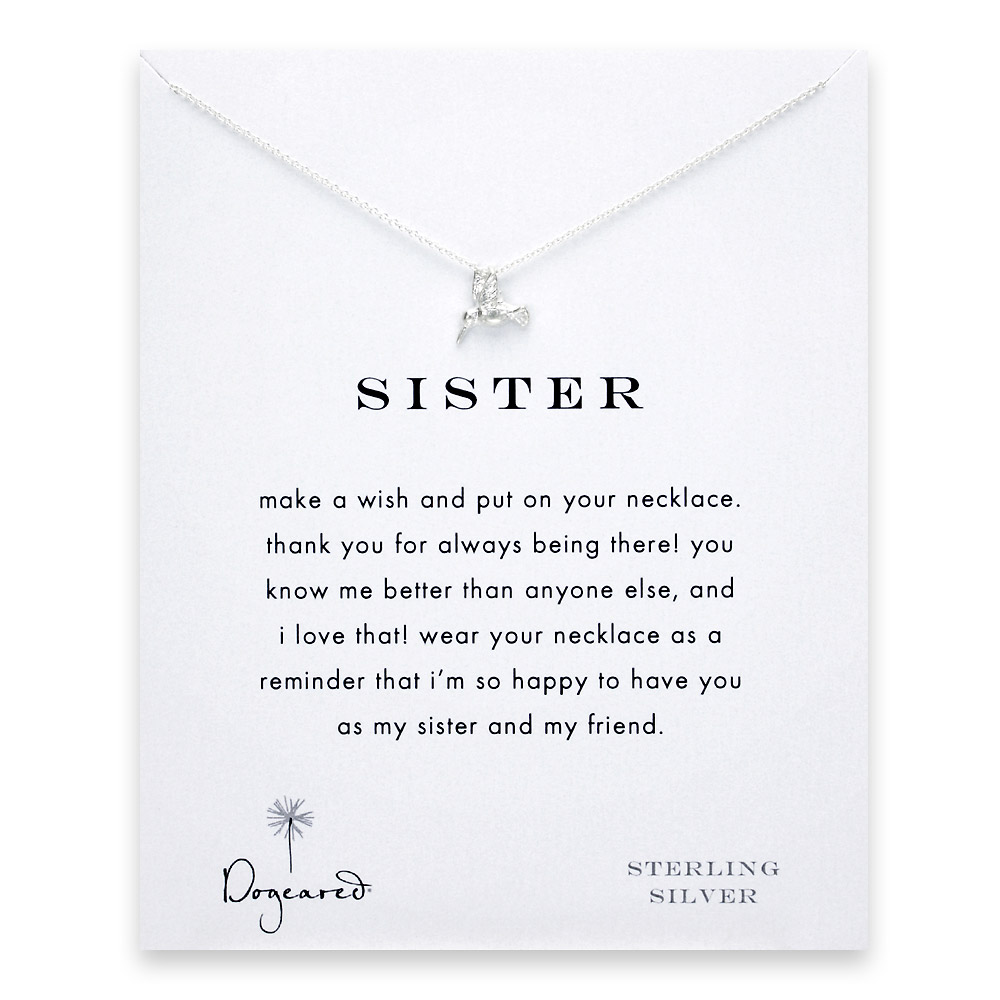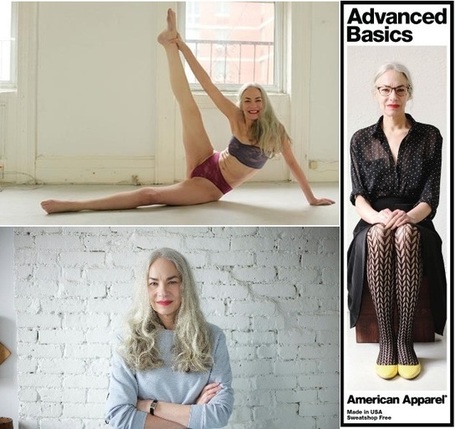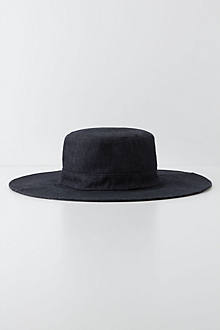On July 16, 2012 Marissa
Mayer was named the President and CEO of Yahoo! and became both the youngest
and the first pregnant CEO of a Fortune 500 company. At nearly 7 months
pregnant, Mayer told Fortune, “I
like to stay in the rhythm of things. My maternity leave will be a few weeks
long and I'll work throughout it." Her choice to forego maternity leave
caused uproar among working and stay-at-home mothers over the importance of
bonding with one’s child, the pressure on women to perform as equals to their
male counterparts, and Mayer’s personal parenting choice as a public figure.
While the debates have
drawn attention to both the inadequacies of American policies on paid family
leave and the “society-wide struggle to reconcile women’s growing power with
their maternal role,” as outlined by Michelle
Goldberg of the Daily Beast, it has also revealed our anxieties about
biology in defining gender expectations. The bulk of the critiques are rooted
in the desire to make Mayer the posterwoman for working mothers who
successfully achieve the work-life balance. Her failure to fulfill the maternal
role prescribed by other working mothers like Todays
Mom and Mommyish
has angered some feminists and mothers who think Mayer’s choice is
shortsighted, a bad example for working mothers, and a slap in the face to the
nurturing maternal role. The
Washington Post’s Janice D’Arcy asks, “What’s the benefit of a new mom in
such a high-profile position if she’s going to act like she doesn’t need
maternity leave?” D’Arcy adds, “does Mayer have a responsibility to advocate
for the rest of working parents?”
Given the pressure on
Mayer to be a figure of a specific agenda, the anxiety over her choice to skip
maternity leave is clearly based on her biological difference as a pregnant
woman CEO of a Fortune 500 company. While some have resisted acknowledging the
importance of Mayer’s biology, it remains the crux of the debate. Roland Martin
of CNN writes in his article, “Focus
on Marissa Mayer’s brain, not her pregnancy,” “Every time a woman is in
position to ascend to the top post, be it in politics or business, we
immediately begin to question her uterus instead of her brain.” Roland is
correct to point out the problematic gendered critique of Mayer’s choice and
its distraction from her intellectual merit, but his analysis is incomplete
because biology was on the table when Mayer was initially praised as the first pregnant CEO of a Fortune 500 company. Mayer’s biology has
been both honored and claimed irrelevant: we cannot have it both ways, and in
fact it is important.
Martin’s observations tap
into the longtime debate among feminists over the importance of biology. They
have been divided on the role of biology in defining womanhood since the 1970s,
caught between claiming whether womanhood is based on biology or if it is a
social construct (see Judith
Butler). In the case of Mayer, if biology doesn’t matter then the focus
should shift to her intellect. If it does, the feminist lens should focus on
Mayer’s choice as a mother and professional woman instead of prescribing and
projecting a social role.
What harm does this
debate really cause among working mothers and social roles on the whole? It is
not simply the void of a role model or the struggle for better paid family
leave or even the definition of the maternal role: it is the failure to respect
individual women’s choices as mothers and as businesswomen. Mayer has become a
caricature of an agenda composed of projections by professional male
counterparts, working mothers, stay-at-home mothers, and future mothers. The
placing of a woman or a group of women on a pedestal of projected norms and
expectations ironically participates in part of what feminism has responded to
for decades. Women should not be expected to conform to specific gender roles,
social norms, or specific choices and should instead be empowered to make their
own decisions and fulfill their own personal expectations for themselves.
Regardless of opinions
about Mayer’s shortsightedness in skipping maternity leave, on her foregoing
the opportunity to be a role model for working mothers, and her failure to use
her public image to draw attention to paid family leave issues in America,
Mayer is still entitled to her choice as a working woman and future mother. Given that her biology has put
her in the spotlight as a pregnant woman, our 21st century
progressive focus needs to shift toward Mayer’s entitlement to choose her own
biological, maternal, and professional roles.










